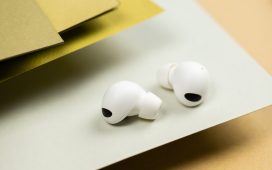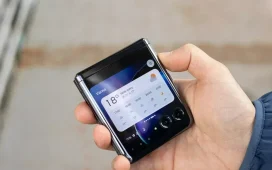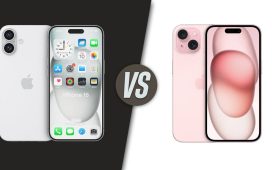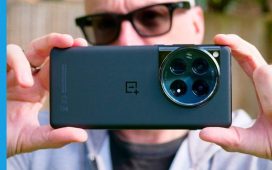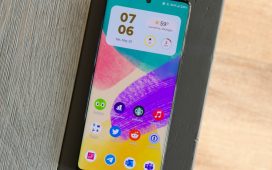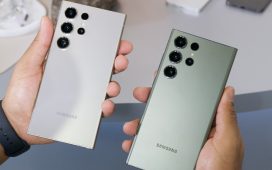With the SoundLink Flex, Bose offers a particularly compact and powerful Bluetooth speaker. In a way, this speaker is similar to the SoundLink Mini 2, which was one of the most popular speakers in recent years. So, can Bose build on the previous model’s qualities and even integrate a few improvements? We tested the Bluetooth speaker!
Good
- Very good sound quality
- Nice and loud with 90 db max
- Beautiful design with high-quality finish
- Long-lasting battery with up to twelve hours
- Good call quality
Bad
- Very low functionality overall
- No jack connection
- No equalizer in the app
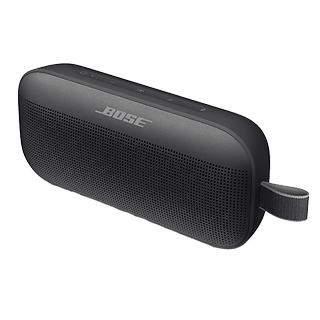
Bose SoundLink Flex: All deals
In a nutshell
The Soundlink Flex turned out to be a worthy (spiritual) successor to the Soundlink Mini 2 in our test, meaning that it is particularly impressive in terms of sound and battery life. The fact that several Bose speakers can be connected in party mode is also really practical.
Apart from this, feature and automatic sound adjustment when lying down; however, the Soundlink Flex has too few functions overall. But if your focus is on design, sound and battery, you can confidently go for it!
Design & processing
With dimensions of 9 cm x 20.1 cm x 5.2 cm and a weight of 0.6 kg, the Soundlink Flex from Bose is a really compact Bluetooth speaker. The manufacturer has opted for a robust steel housing with a silicone coating. While it is certainly practical that the manufacturer has installed a holding strap, the Soundlink Flex lacks connections. Because: There’s only USB-C for charging!
Pros:
- Simple, high-quality design.
- Beautifully portable, including a holding strap.
- Water-protected according to IP67.
Cons:
- No connections except USB-C for charging.
The manufacturer provided us with the Soundlink Flex in the carmine red color variant for this test report. This color variant is available exclusively via Amazon, alternatively you can also choose between the colors stone blue, cypress green, white and black. Bose thus covers a wide range of colors, and I have to say subjectively that I really like the dark red color variant.
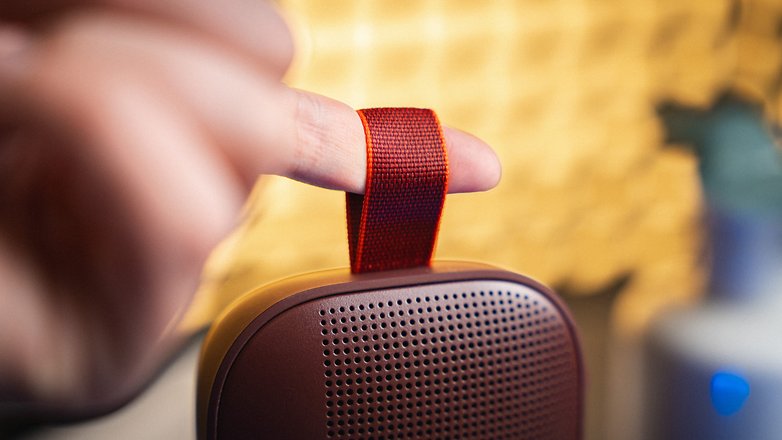
The workmanship of the Soundlink Flex also leaves little to be desired. Bose seals the Bluetooth speaker to IP67, the majority of the housing is made of non-slip silicone and the speaker grilles on the front and back are powder-coated. This should make the speaker particularly robust.
And although our test sample didn’t arrive as new and has therefore probably already been through a few editorial offices, I couldn’t find any scratches or other defects. A small special feature: the Soundlink Flex floats—so you can simply throw it into the pool and listen to music in the water.
With a weight of 0.6 kg, the Soundlink Flex is also very portable. You can also attach the speaker to backpacks or belt loops using a carabiner or a fixed knot. This is very practical for listening to music in the park or on a bike. Incidentally, the loop is made of a finely woven fabric that also feels high-quality and robust.
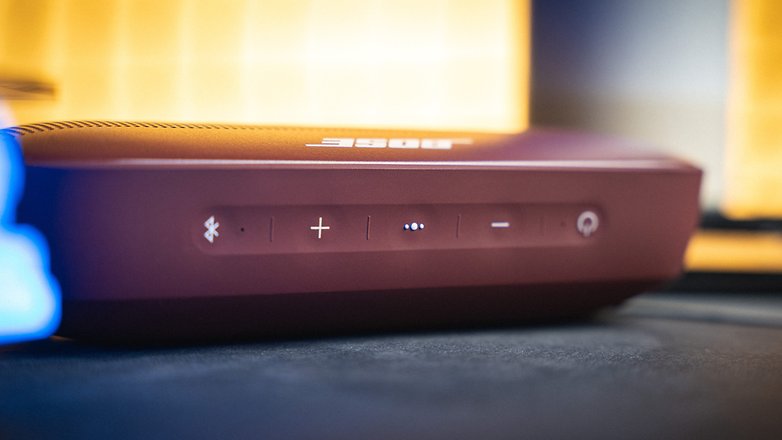
The box is operated via a series of rubber buttons. These feel similar to the buttons on the Soundlink Mini 2—they are wide buttons with a slightly spongy pressure point. You can use the buttons to adjust the volume, start and stop music playback, and double-click to advance a song. Unfortunately, you don’t have the option of calling Siri, Alexa or the Google Assistant.
However, there is one major drawback to the design of the Soundlink Flex: there is only a single USB-C slot on board. This means you can’t connect any input devices to the speaker via cable. The included charging cable is also USB-C to USB type A—in 2024, I would like to see USB-C on both sides.
App and convenience functions
To control the Soundlink Flex, Bose offers a companion app that you can install on iOS and Android. However, the Bose Connect app gives you rather few setting options—but it is (once again) beautifully designed!
Pros:
- Pretty design.
- Lets you switch between connected devices.
- Precise battery information.
Cons:
- No equalizer.
- Overall few comfort functions.
If you want to use the Soundlink Flex, we recommend downloading the companion app “Bose Connect App”. You can use this to check the speaker’s battery level and how many devices the speaker has already been connected to. Switching between several devices is also possible despite the lack of multi-pairing—i.e. the simultaneous connection of several devices.
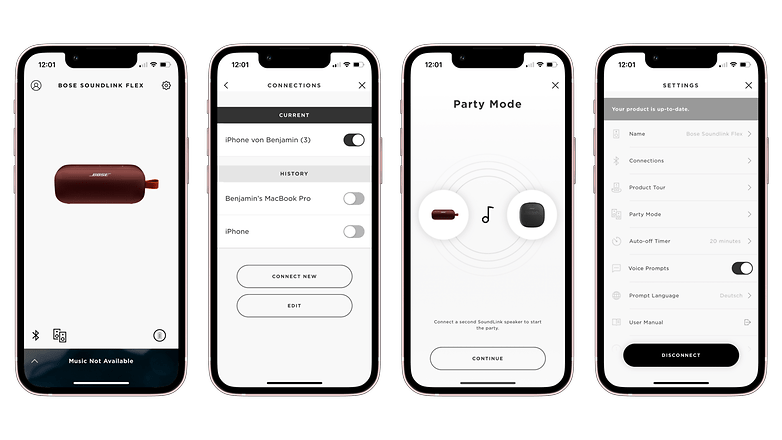
While I was impressed by the design in the test, and it can be quite practical to integrate music control into the app, there is a slight lack of functions. Yes, you can change the language of the Bose-typical “announcer”—but there is no individual assignment of the buttons or connection to voice assistants or music streaming services.
Even if Bluetooth speakers don’t necessarily have to be able to do this, it can be practical to briefly instruct Alexa to turn on a different song at the touch of a button. Especially as Bose has installed microphones in the speaker.
The Connect app is therefore more convincing in that it makes the Soundlink Flex user experience a little more sophisticated. However, you won’t need to use the speaker frequently in everyday life.
Sound quality and technology
Bose equips the Soundlink Flex with the “high-quality sound reproduction” feature—jokes aside, unfortunately the manufacturer does not provide any insight into the performance of the Bluetooth speaker. What Bose does reveal, however, is that the Bluetooth speaker recognizes whether it is standing upright or lying on its back. It is supposed to automatically find the optimum sound settings to sound good in any position. And … does it do that?
Pros:
- High volume of up to 90 dB.
- Nicely balanced sound overall.
- Can be connected to other Bose speakers – even in stereo with identical speakers.
Cons:
- No native stereo sound.
- No equalizer settings.
Although Bose has not announced it as a successor, I compare the Flex with the Soundlink Mini 2—because the Bluetooth speaker released in 2015 is one of the most popular BT speakers on the market.
For me, it is also one of the models that convey a “where is the loud music coming from” feeling. This feeling of wondering where all the music is coming from when listening to music can also be found with the Soundlink Flex.
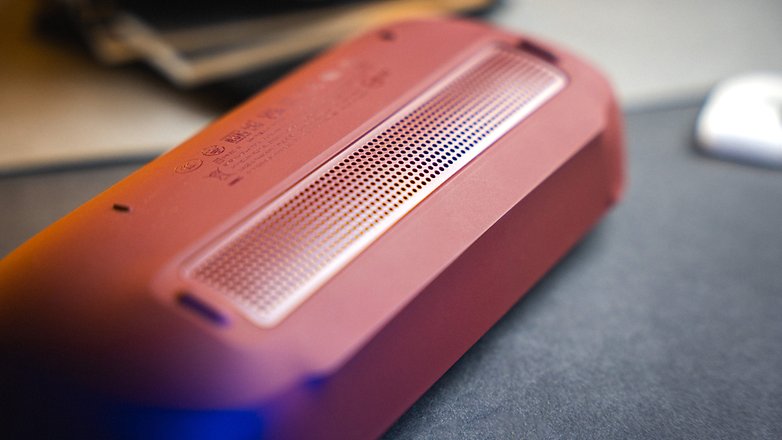
The Soundlink Flex offers a nice loud sound that does not tend to overdrive even when turned up to full volume. The music sounds nicely balanced, especially at average volumes. Despite its compact size, the bass is powerful and the mids and highs sound nice and clear.
The fact that Bose mixes both stereo channels together is not particularly noticeable in a negative way. The speaker manages to keep an overview even with more complex songs.
Even though Bose provides a good preset, it is a little unfortunate that there are no options for adjusting the sound via the Connect app. For example, with the track “OKAY!” by OG Keemo, a very bass-heavy song, the speaker seems a little overwhelmed.
With “King of the Rodeo” by Kings of Leon, on the other hand, it copes perfectly. If you have a diverse taste in music, the Soundlink Flex might therefore lack a little flexibility—which is annoying as “Flex” is in the name.
When I turn the Soundlink Flex all the way up, I measure a maximum of 90 db at a distance of about one meter. This means that Bose is already exceeding the limit of harmfulness—the limit that I would not want my neighbors in my apartment building to have to endure. With such a compact Bluetooth speaker, nothing is left to be desired. The Flex is definitely suitable for parties, especially if you connect several models together.
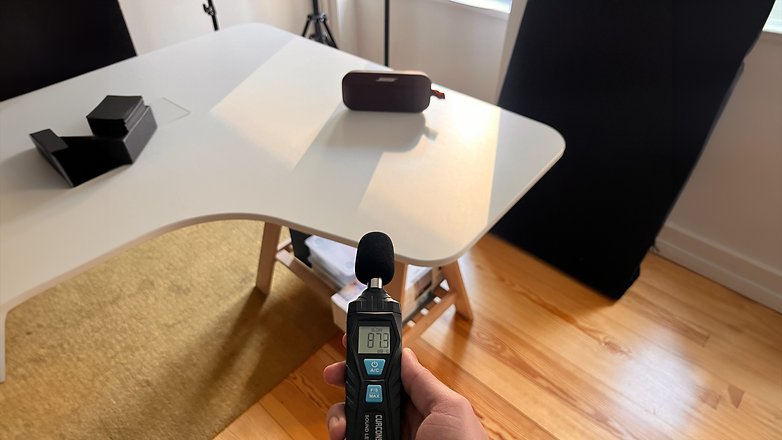
The voice quality of calls proved to be particularly outstanding in the test. The other party on the test call was surprised that I was speaking via a Bluetooth speaker. Conversely, I also found the conversation to be wonderfully clear, intelligible and low-noise.
The fact that the Soundlink Flex adjusts the sound when it is lying on its back can actually be heard when trying it out. The sound then seems a little wider, which is practical if you place the speaker on the dining table, for example, and people are sitting around it. Practical!
Battery and charging
According to the manufacturer, the Soundlink Flex lasts up to twelve hours when listening to music. Charging is exclusively via USB-C and you need to allow a full four hours for a full charge. There is no fast charging function or the option to use the Soundlink Flex as a power bank.
Pros:
- Twelve hours of battery life, which is also realistic for everyday use.
- USB-C as charging port.
Cons:
- No fast charging function.
- No power bank feature.
With a maximum battery life of twelve hours, the Soundlink Flex impresses in terms of battery life. However, this value can only be achieved in everyday life if you don’t turn the Bluetooth speaker up all the way. With mixed usage behavior, the runtime drops to around 9 – 10 hours. This is still a good value that you should be able to cope with in most usage scenarios.
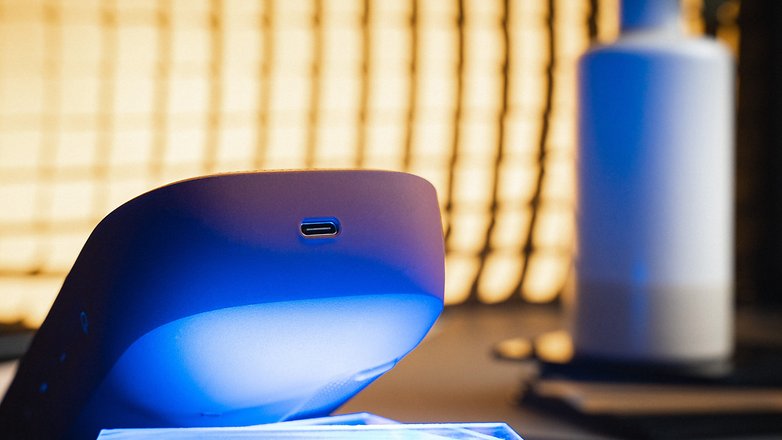
Since Bose relies on USB-C for the Soundlink Flex, you have many charging options—for example, in the car on a road trip or via a power bank or power station. While other manufacturers offer Bluetooth speakers with wireless charging stations, Bose relies strictly on wired charging.
What I miss more with the Bose Soundlink Flex, however, is the option to charge other devices via the speaker. A power bank feature is now available on many Bluetooth speakers.
Final verdict
The SoundLink Flex from Bose scored top marks online, and the Bluetooth speaker also impressed in this test, particularly when we focused on its operation, sound quality, and battery life. As the spiritual successor to the SoundLink Mini 2, the SoundLink Flex offers an even finer sound profile. The design is also really stylish, and the inclusion of USB-C connectivity should please most users in 2024.
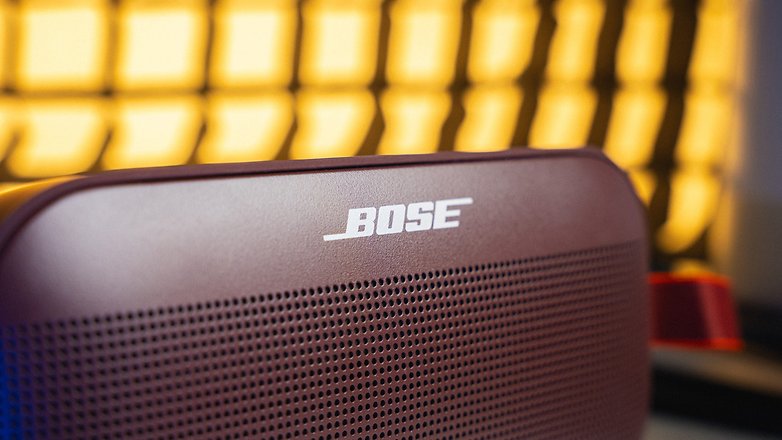
While Bose concentrates on the most important features of a Bluetooth speaker, the competition has lost out in terms of functionality. The fact that there is no jack connection may look minimalist in terms of design—but if you use your BT speaker to watch films or play games, you won’t be able to minimize latency.
Although the Bose app is stylish and offers practical features with the pairing functions, it lacks a built-in equalizer and streaming functions. There is also no option to control a voice assistant. And finally, in many situations you would wish for a power bank function, as the integrated battery would be large enough to charge other devices.
The Soundlink Flex is therefore more suitable for prospective customers with an eye for design and high demands in terms of sound quality. It is one of the prettiest and best-sounding compact Bluetooth speakers on the market. Due to the lack of features, however, the rating drops to 4 stars.



